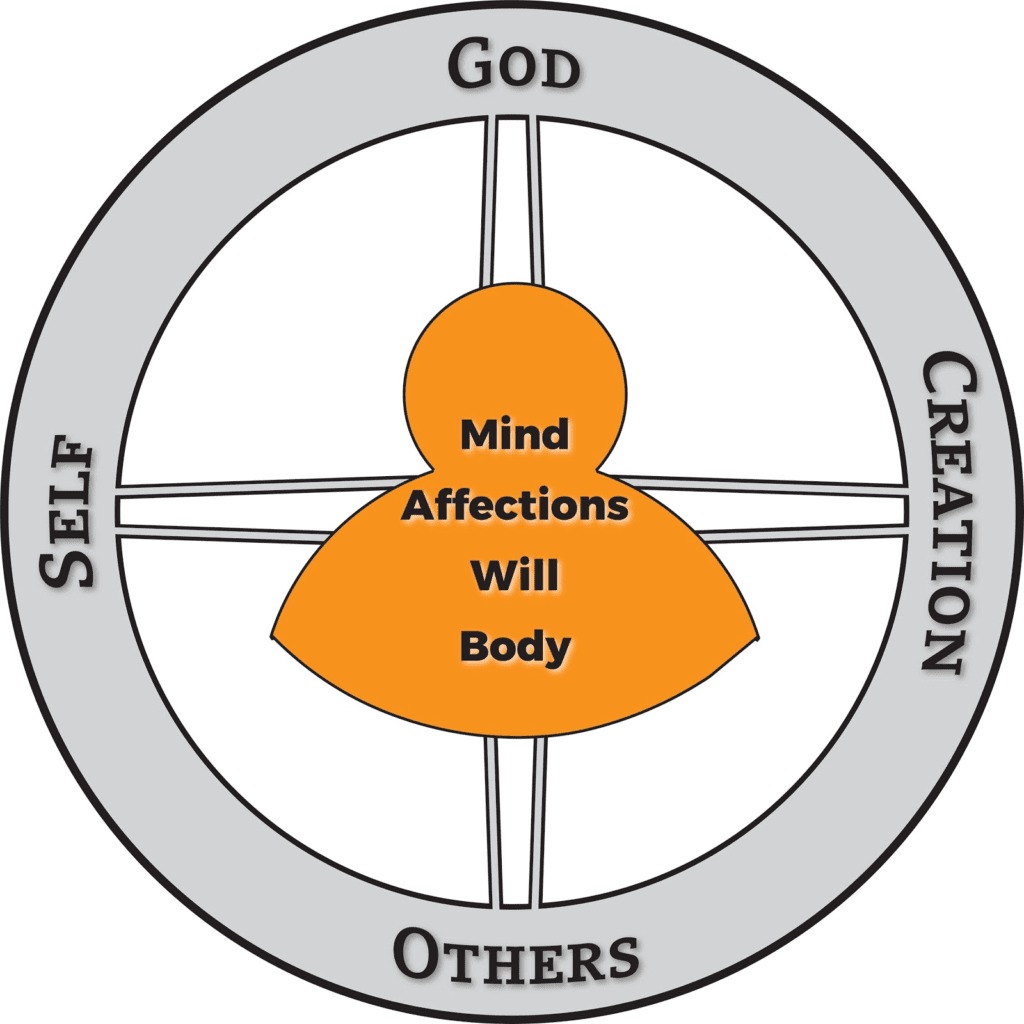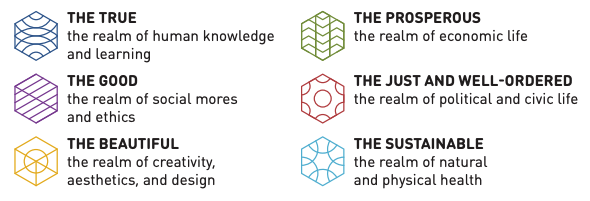Agents of Flourishing: How Churches and Nonprofits Can Bring Peace to All Areas of a Community
 Sonya Stearns
Sonya Stearns
Network Membership Manager
Read more from Sonya
Jump to:
The Purpose of the Book | The Perspective | The Key Points | Details We Love | Considerations | Who Should Read This?
Amy Sherman hopes to encourage and equip Christian leaders who seek to serve their communities as specified in the biblical mandate of Jeremiah 29:7, “Seek the peace and prosperity of the city to which I have carried you into exile. Pray to the Lord for it, because if it prospers, you too will prosper.” She wants to call attention to the disconnect between vision and action on the part of local churches and enlighten her readers to more sustainable and life-giving ways of carrying out their mission. She shares biblical, historical, and present-day examples, upon which her readers can improvise for their own context.
From the stance that every Christ-follower is in “exile” while on earth, Sherman guides on ways to be “a counterculture for the common good” – not by attacking or giving in to the moral decay, but by engaging communities with grace and endurance.
 Every person’s true peace is brought about by the health of their relationships with God, self, others and creation. With this in mind, Sherman focuses on Christians as the royal priesthood, called to be the “agents of flourishing” for their communities. Christians are to bless the communities in which they live, and they are to understand and promote an accurate view of what a community’s “flourishing” really means (communion with God, beauty and creativity, learning and discovery, wholeness and health, justice and unity in diversity, and abundance).
Every person’s true peace is brought about by the health of their relationships with God, self, others and creation. With this in mind, Sherman focuses on Christians as the royal priesthood, called to be the “agents of flourishing” for their communities. Christians are to bless the communities in which they live, and they are to understand and promote an accurate view of what a community’s “flourishing” really means (communion with God, beauty and creativity, learning and discovery, wholeness and health, justice and unity in diversity, and abundance).
 Sherman outlines the book so that readers can use it like an encyclopedic resource, dividing the sections into six “community endowments”, based upon the Thriving Cities Group’s “Human Ecology Framework.”
Sherman outlines the book so that readers can use it like an encyclopedic resource, dividing the sections into six “community endowments”, based upon the Thriving Cities Group’s “Human Ecology Framework.”
- The True—public education
- The Good—social mores and ethics
- The Beautiful—the arts/aesthetics, design
- The Prosperous—economic/business community
- The Just and Well-Ordered—political/civic life
- The Sustainable—health/environment
Sherman alerts her reader that the book is not meant to be read from cover to cover by most people, because they will likely already know the specific area (endowment) in their community for which they are equipped to influence.
Three key takeaways are evident throughout the book:
1. Christians are uniquely equipped to lead communities into flourishing.
Throughout history, the church has been the leader in community development, and will continue to be the true agents of flourishing. For each of the six previously mentioned community endowments, Sherman devotes a chapter to its definition, creational intent, its malformation since The Fall, and the church’s historically positive influence upon it. She then devotes one or more chapters to contemporary examples of how US congregations are contributing positively toward its flourishing. Her vivid examples and their interrelationships with the six endowments are enlightening and informative.
2. The western world’s definition of flourishing has descended into a false impression that almost solely involves material wealth; Christians must debunk this misconception in order for them to effect meaningful and lasting change within their communities.
Sherman devotes her opening chapters to explore the biblical examples of flourishing and calls attention to the ways in which the Old Testament Israelites and the New Testament Christians lived thriving lives. These examples note the glaring fact that opulence was not the mark of true flourishing in the past, and it should not be the sole measurement today. Likewise, modern community flourishing is mirrored in communities through the expressions of peace, justice, unity, creativity, action, and provision within the six endowments.
3. Christian leaders can utilize the resources, skills, and professions they already have within their organizations to readily bless their communities in one or more of the six endowment areas.
Readers will recognize similarities between the example congregations that can help inform which program(s) they should implement and/or improvise upon. While exact replications are unlikely to be the case, most leaders will readily identify areas in which they and their members can get involved.
Sherman fully understands that at the heart of all poverty is broken relationships—with God, self, others, and the environment. That basic understanding of personal flourishing informs her approach to community flourishing. The examples she shares, both modern and historical, hinge on the basic concept of thriving relationships within a community. They are based on the dignity of every human being (the imago Dei) and promote the building of social capital for everyone.
We, at True Charity, believe that good models of charity that help individuals and communities flourish already exist. Sherman shares examples of these models, along with their struggles and successes, so that churches and nonprofits don’t have to “recreate the wheel” in order to get started within their own communities. Her thorough research of modern churches implementing specific strategies helps set a proper foundation for successful approaches.
Agents of Flourishing is a deep read. The opening chapters are replete with biblical examples and research that might scare off the casual reader. However, taking the time to digest Sherman’s thoughtful and wise observations will certainly help frame an uncomplicated plan for churches to engage in community development. Likewise, in order to fully grasp the depth of why the presented models work in each endowment, one must understand the biblical and historical success stories they mirror.
Sherman highlights very different contemporary congregations’ specific work within the endowments. Some may not implement challenge methods to the degree that we at True Charity would promote (parts of some programs lean toward “hand-out” models). We encourage readers to glean from the overall community approach of these congregations in this case.
Foremost, some readers might differ politically with Sherman in the areas of social justice, racial inequity, and the environment, but we encourage readers to seek and understand the reasons for her examples’ successes within communities, despite these possible political differences.
Any Christian church or nonprofit leader who wants to clarify and implement a comprehensive strategy to actively engage their community would benefit from this book. Its deeply founded biblical principles are at the heart of every approach offered, so leaders desiring a biblical approach to community flourishing and development will find this book a priceless resource.
While any poverty-fighter or community leader would benefit from both the historical and contemporary models presented, non-Christians might take issue with Sherman’s overall approach: Christians as royal priests leading their communities into flourishing. Also, even though the Thriving Cities Group’s “Human Ecology Framework” is not explicitly Christian, Sherman aligns this framework with Christian and explicitly biblical examples.
 “Agents of Flourishing” can be purchased at Amazon. If you purchase the book through this link, True Charity will earn a small amount as an Amazon Associate
“Agents of Flourishing” can be purchased at Amazon. If you purchase the book through this link, True Charity will earn a small amount as an Amazon Associate




Leave a Reply
Want to join the discussion?Feel free to contribute!